Draw a Palm Tree
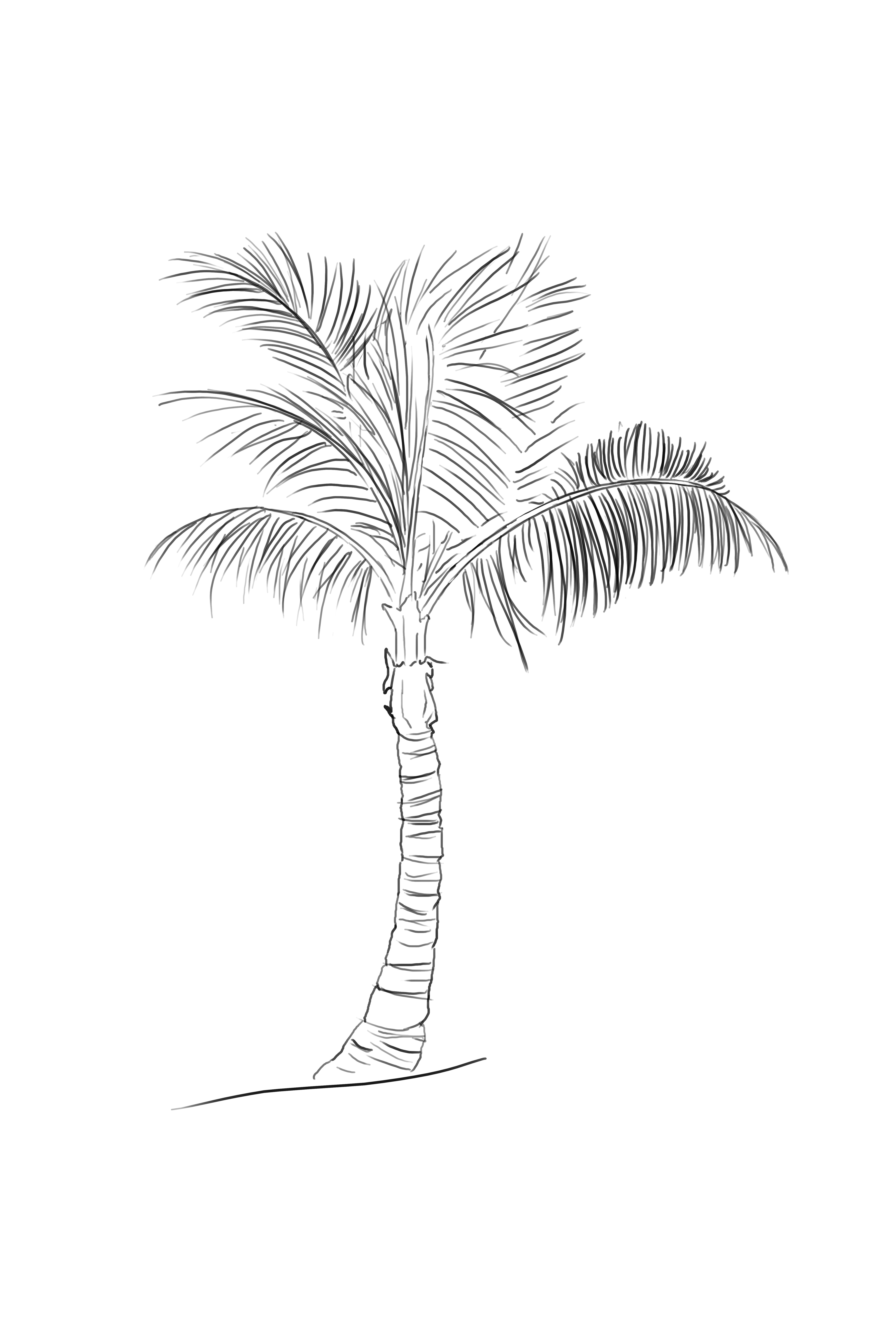
Do you like vacations? Sand, sea, sun, and palm trees? Yes, palm trees! In this article, we are going to focus on this tree that grows in the sand. If you want to learn how to draw a tree, you can visit our blog, where there is an article dedicated to it!
The palm tree is found in equatorial forests and arid deserts. There are several types of palm trees. It is a family of tree-like plants known as palms, with atypical wood that lacks cambium to ensure the typical width growth of a trunk, which sometimes appears as vines or shrubs.
The palm does not have a trunk but a stipe, a stem filled with pith and fiber, and does not have branches but fronds, which, depending on the species, can take the form of a fan (palmate leaves), a feather (pinnate leaves), or an intermediate structure between these two (Costapalmate shape).
Now that we know a little more about the palm tree, I invite you to get a sheet of paper and a pencil and let's get drawing.
In this article, we will study the coconut tree.

DRAWING THE TRUNK OF THE PALM TREE
We will begin by visualizing simple shapes in order to draw them. Initially, we will draw the trunk of the tree, which we will represent as a large rectangle that we will round off later. It has a wide base and a narrow top. Also note that coconut trees grow in an atypical way, with curves in certain places.
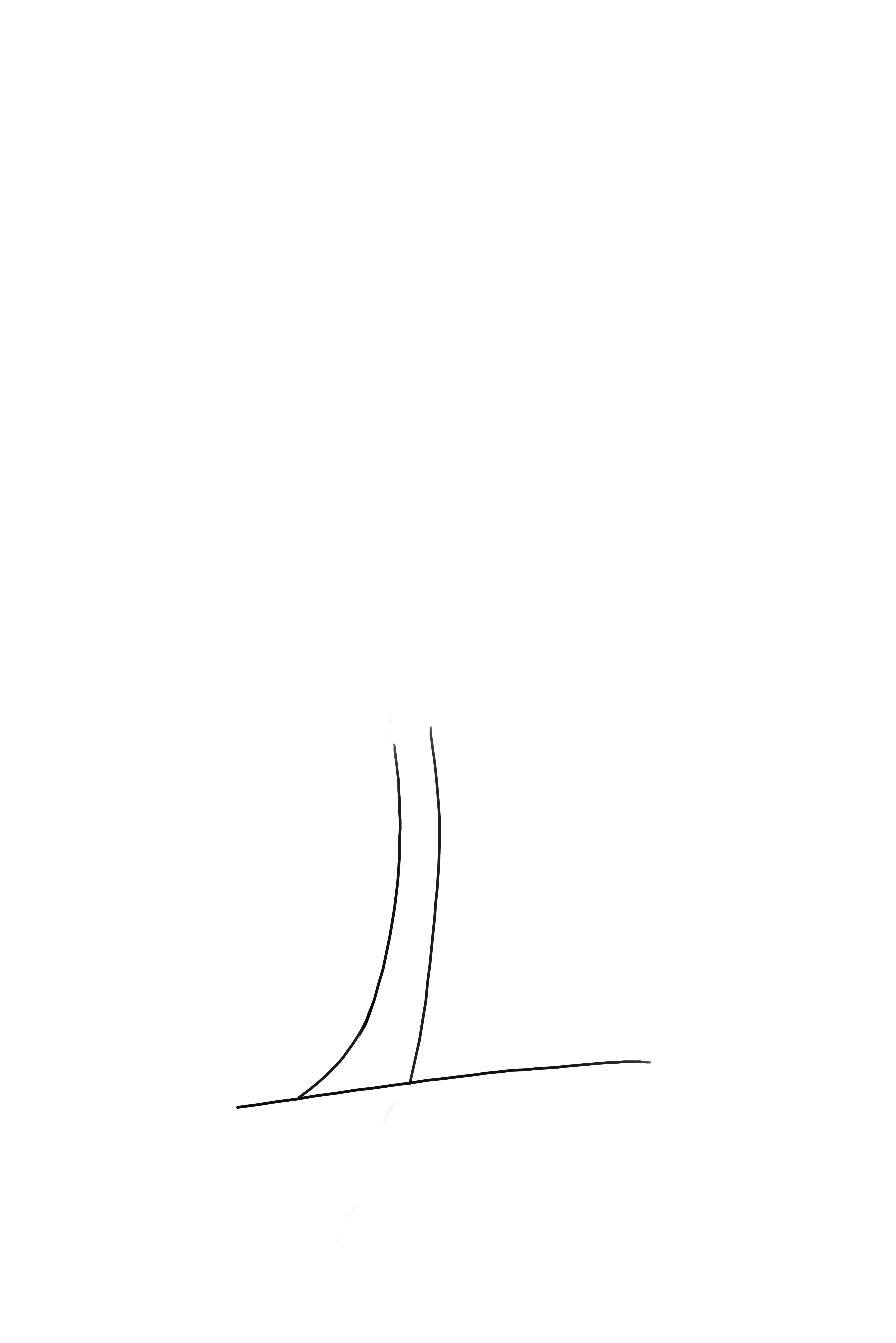
DRAWING THE TREETOP
The top of the coconut tree is generally accompanied by coconuts that can be represented by circles. We will represent our treetop with a rectangle, accompanied by another smaller rectangle, to represent the material that supports the fruits and fronds. The branches will be represented by arcs forming the stems of the palm branches.
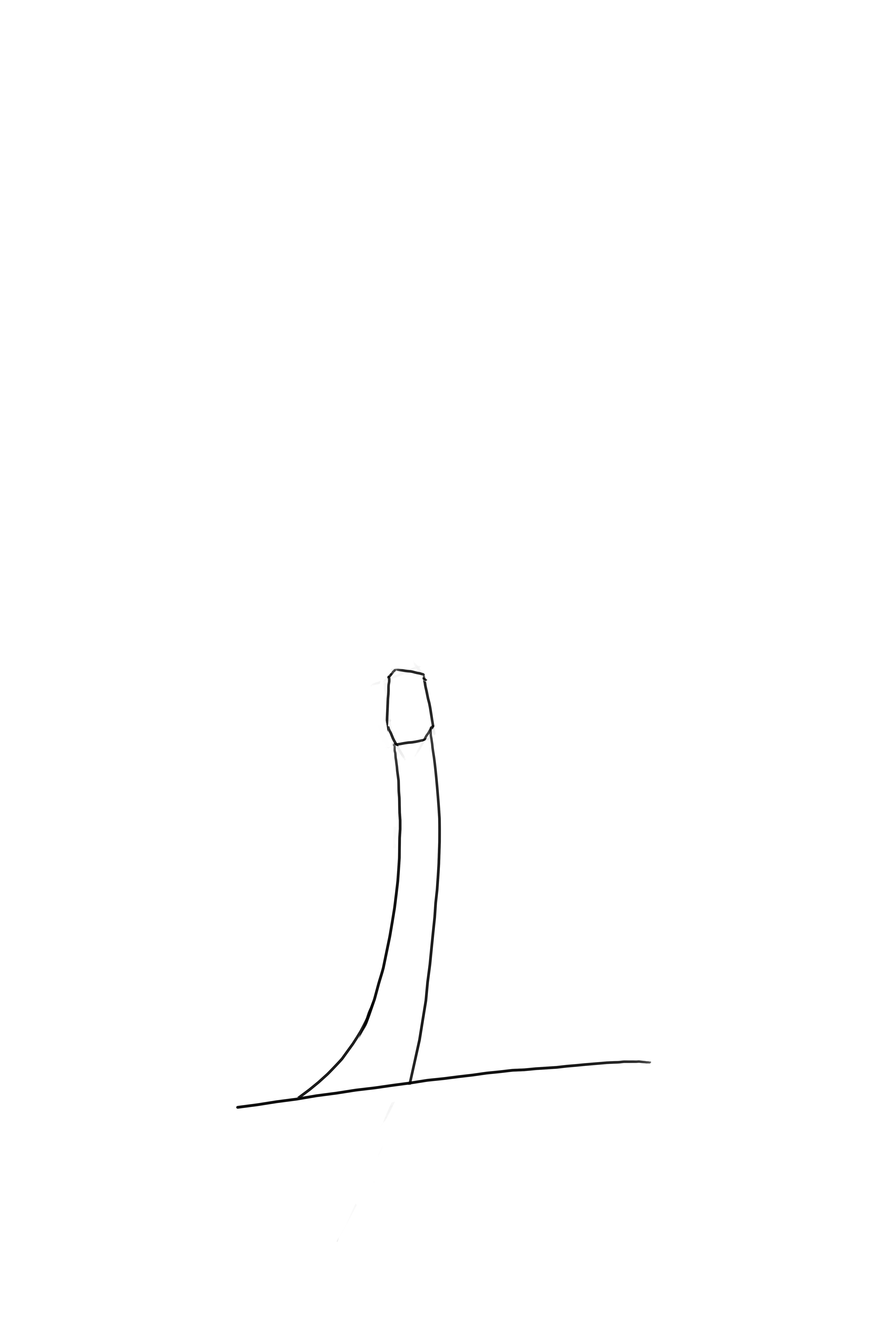
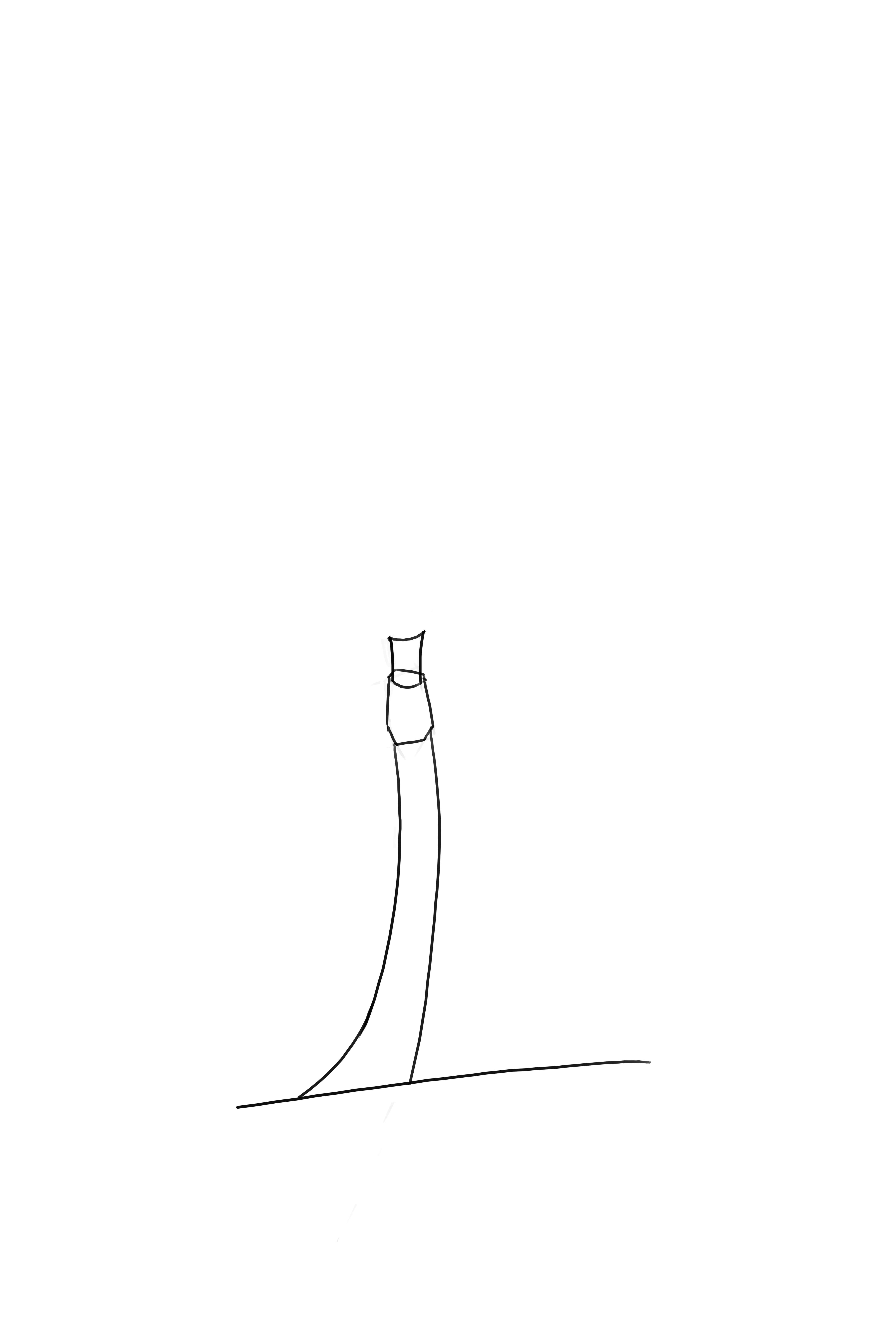
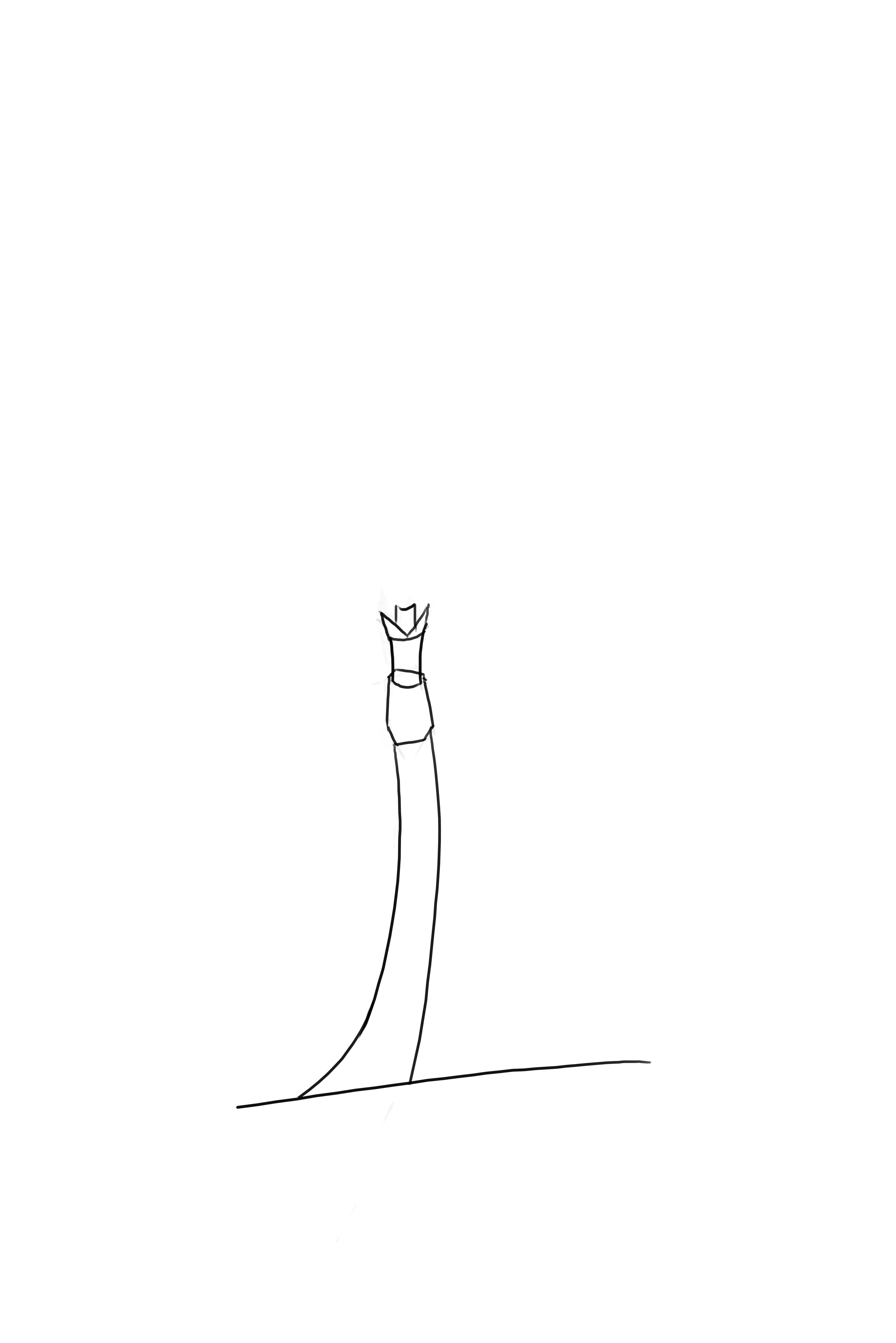
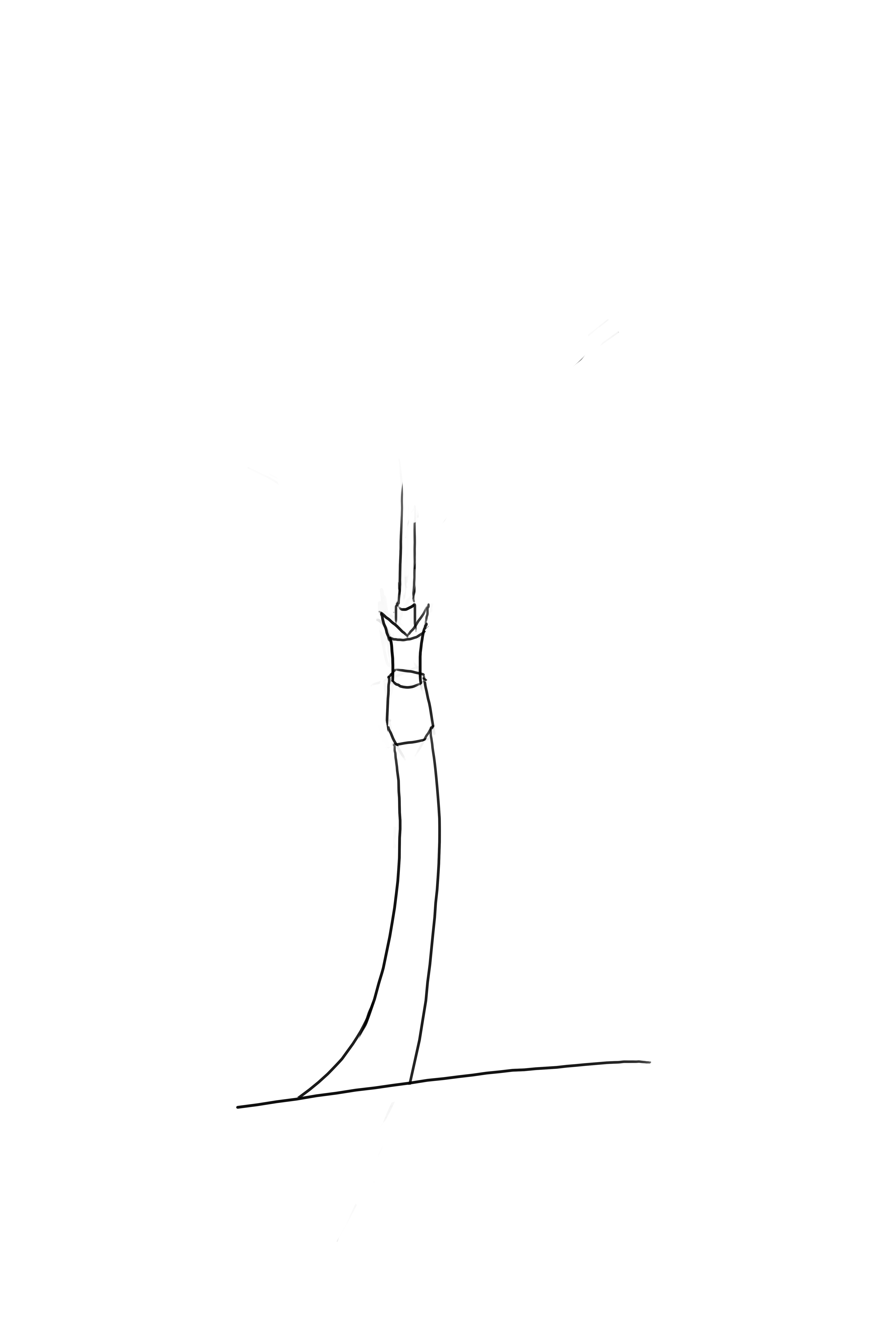
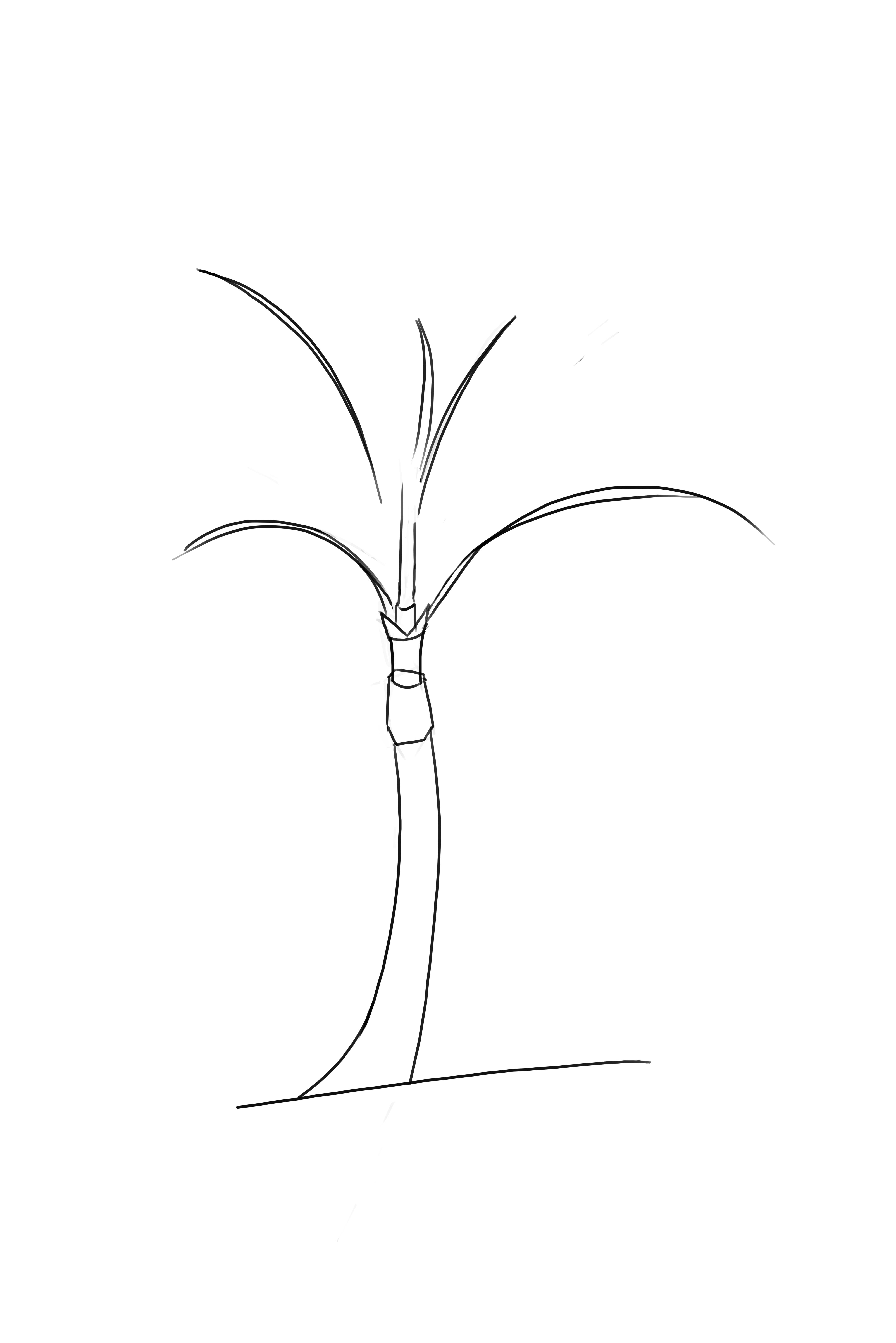
DRAWING THE PALMS AND LEAVES OF THE COCONUT TREE

We will now move on to the fronds of the coconut tree. If we look carefully, we can see that the fronds are represented by stems that are long and narrow, although sometimes they can be wider, which we will draw as a curved rectangle that is more or less thin. The fronds are stems that form giant leaves. We will represent them with a somewhat flexible triangle. To draw the leaves, we will use small thin rectangles.
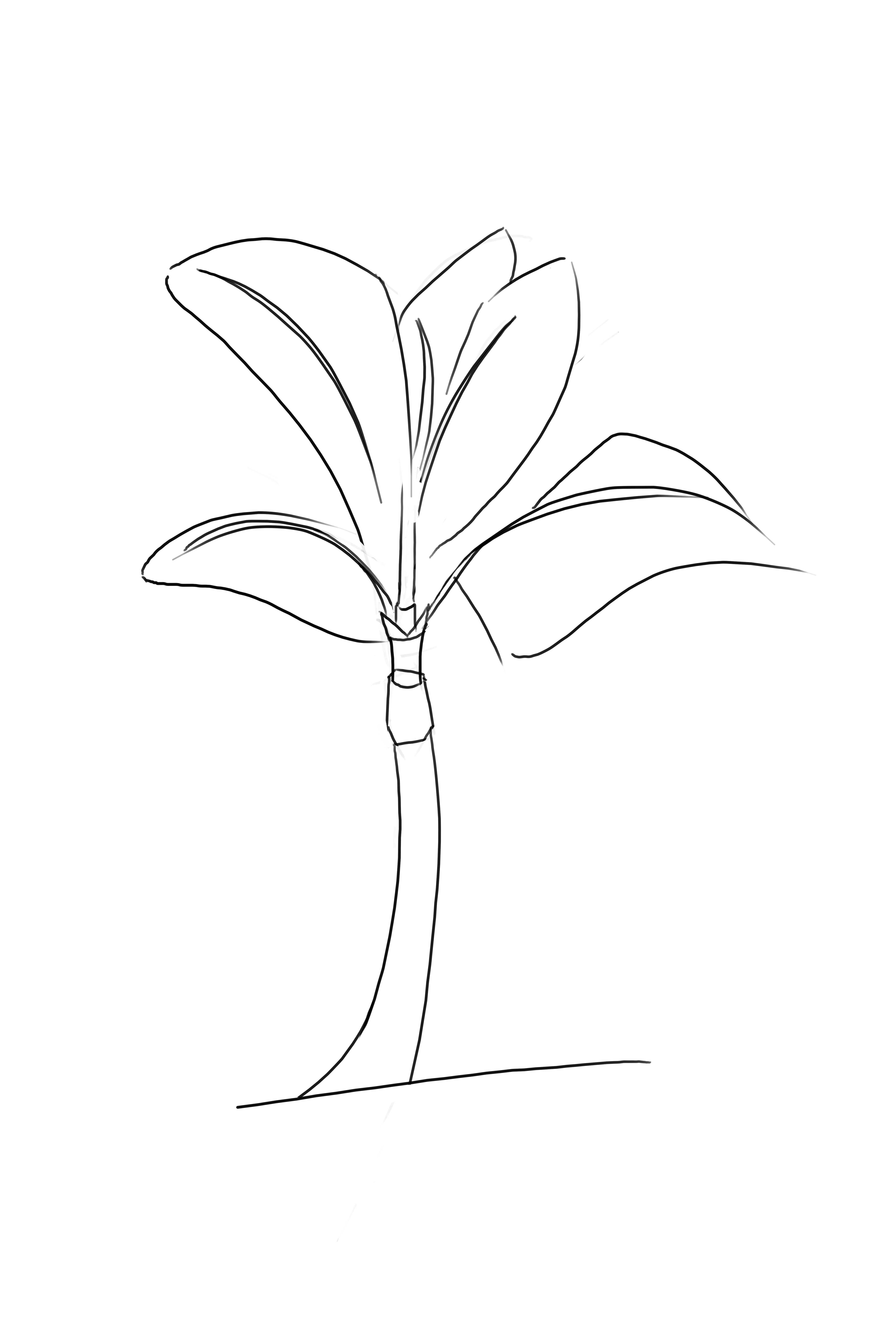
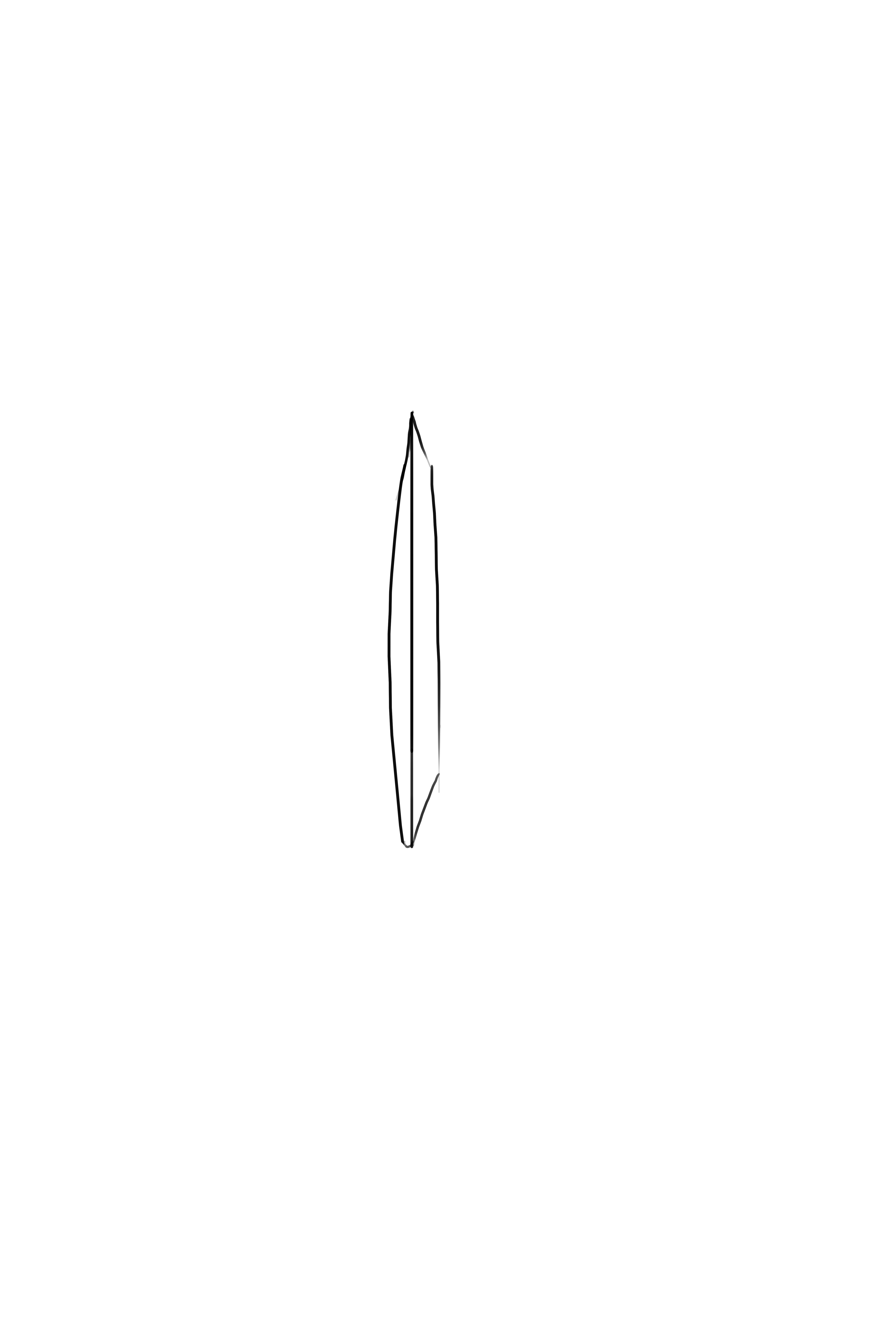
This is what it will look like when we start adding detail to the fronds and leaves.
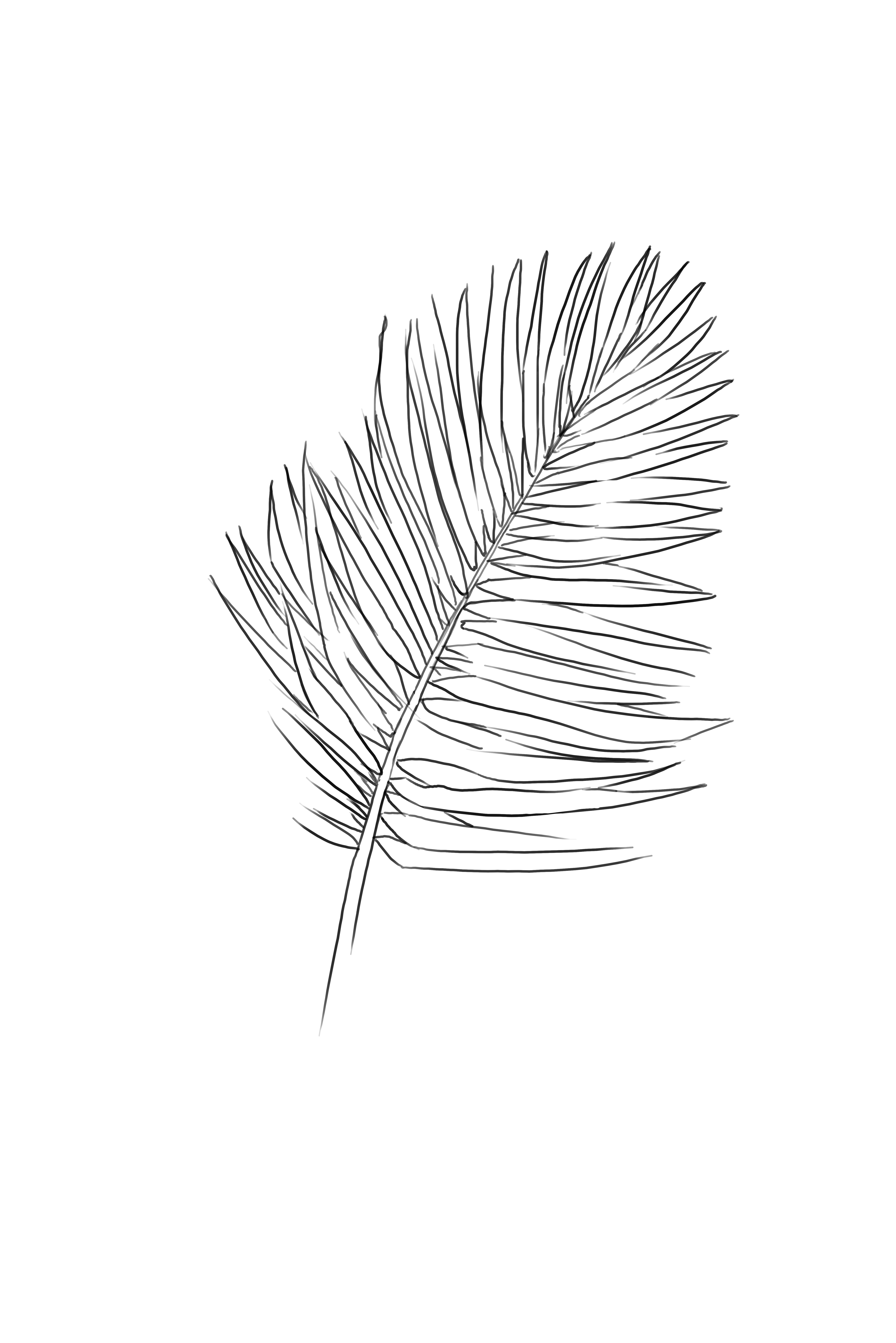
Now that we have the basic shapes of a palm tree, we can move on to adding the details.
DRAWING THE BARK AND ADDING THE FINAL TOUCHES

In our reference photo, we can see that the trunk is irregular. In order to draw it, we will need to redraw the trunk. By drawing a curved rectangle and placing semi-circles inside, we will have our base on which to draw the bark. To add the details, we need to draw a type of triangle and break up the straight curves that we drew previously.
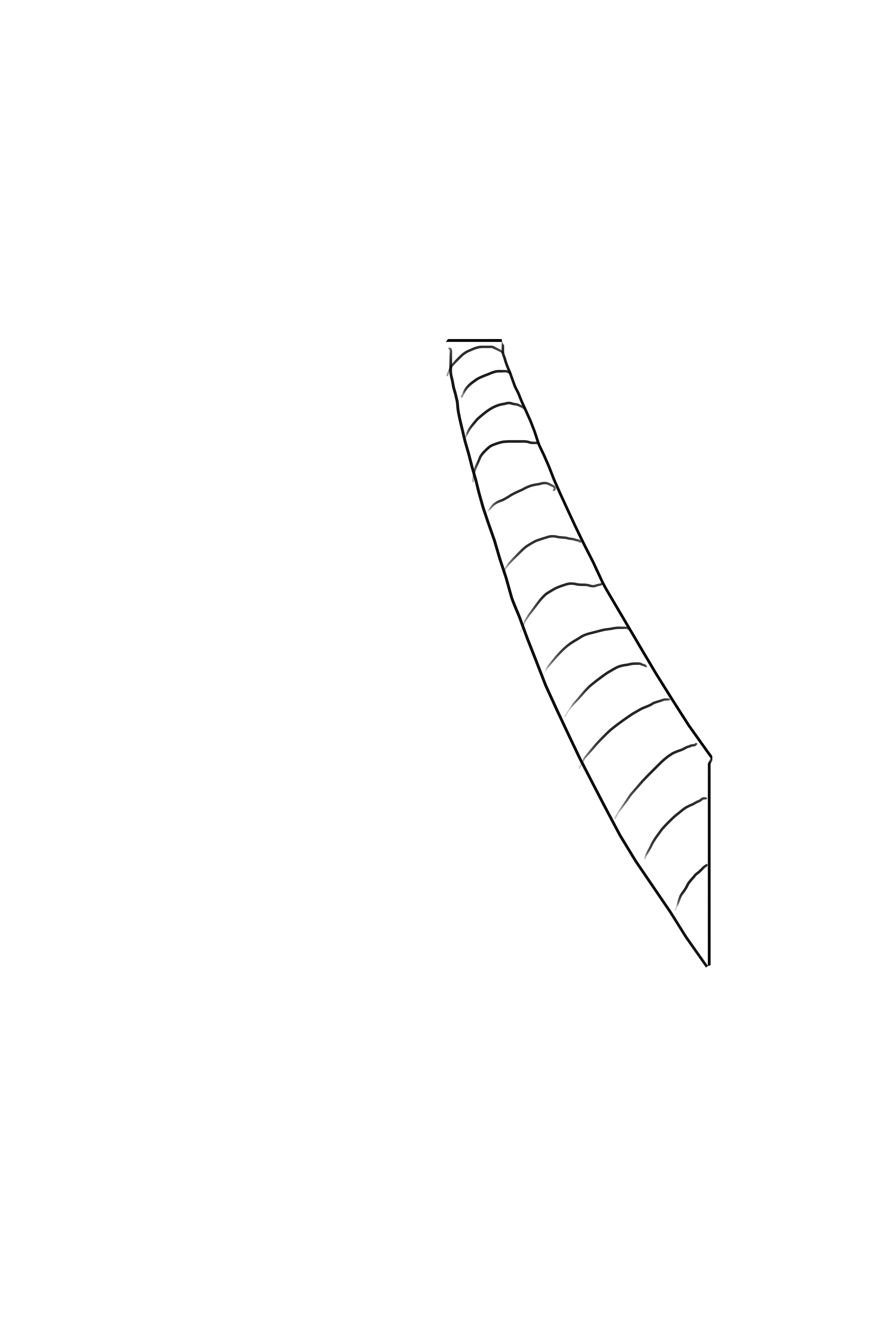
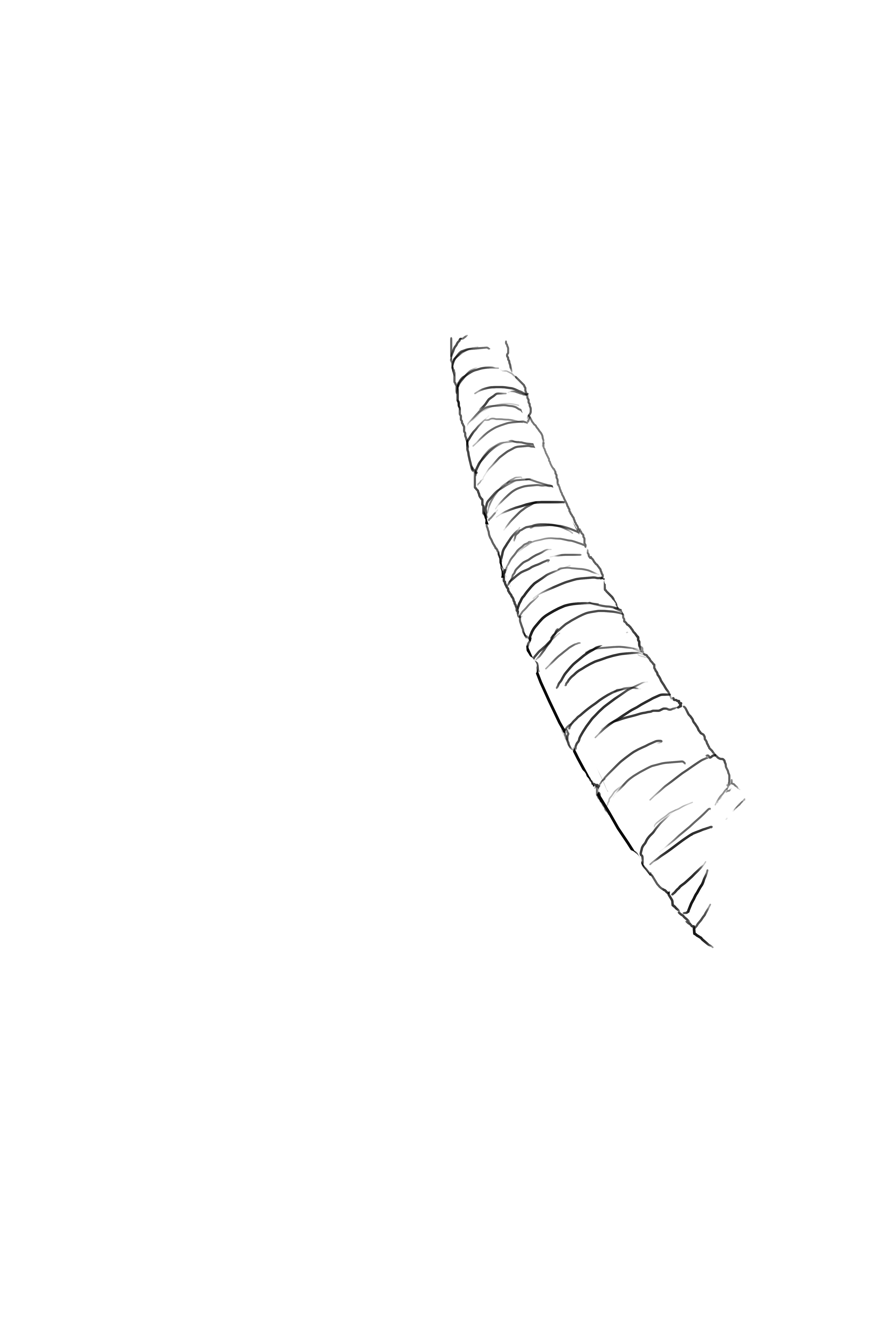
Here is our final result! Remember that you can also stylize your drawing. Here we have drawn it in a realistic style.

Illustrator and writer: Laure-Hélène


I've almost finished it and I loved it! It was pretty easy and the result is awesome!🥰